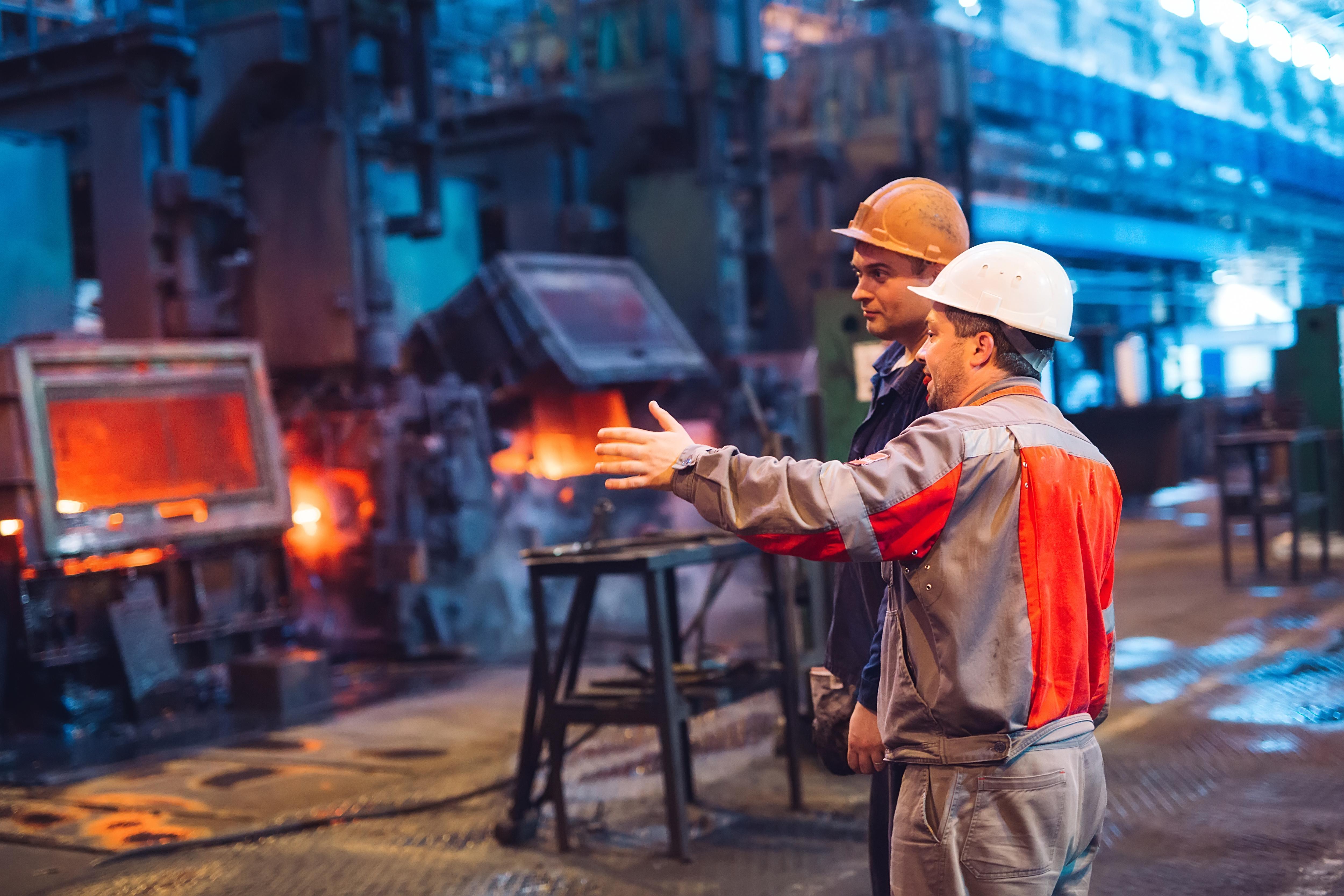Is Cleveland-Cliffs or U.S. Steel Stock More Attractive?
Cleveland-Cliffs (CLF) and U.S. Steel (X) stocks have underperformed markets this year. However, U.S. Steel has been strong in November.
Nov. 19 2019, Updated 11:56 a.m. ET

Cleveland-Cliffs (CLF) and U.S. Steel (X) stocks have underperformed markets this year. However, U.S. Steel has been strong in November. We’ll discuss both companies’ outlook and explore which one offers more upside potential.
Cleveland-Cliffs versus U.S. Steel
Cleveland-Cliffs stock has gained 3.2% in November. However, the stock is trading flat for the year. In contrast, U.S. Steel stock is trading with month-to-date gains of 15.8%. Looking at the YTD (year-to-date) price action, U.S. Steel has fallen more than 26%. Notably, U.S. Steel has underperformed the broader metals and mining space this year. AK Steel (AKS) and Nucor (NUE) have risen 14.7% and 9.5%, respectively, on a YTD basis. While Cleveland-Cliffs outperformed steel stocks last year, the scene changed this year. Last year, strong iron ore prices boosted the stock. However, steel stocks came under pressure in 2018. US steel prices tumbled in the second half of the year.
Less impact from Trump’s tariffs
Notably, US steel prices rose to a decade high in the first half of 2018 due to President Trump’s tariffs. However, as the year progressed, US steel prices fell. The trend continued this year and domestic prices fell to multiyear lows. Falling domestic steel prices also had a negative impact on Cleveland-Cliffs. Domestic prices have fallen below the levels before President Trump announced the Section 232 tariffs. Overall, weak global steel prices drove the fall in domestic prices. Read Have Trump’s Steel Tariffs Failed? to analyze what have the tariffs have achieved since they were imposed last year.
Analysts’ views on Cleveland-Cliffs and U.S. Steel
Cleveland-Cliffs stock has received a “buy” or higher rating from 50% of the analysts polled by Thomson Reuters. Meanwhile, 42% of analysts have given the stock a “hold” rating, while one gave a “sell” rating on the stock. The company’s mean consensus target price represents a potential upside of 15.7% over its closing prices on Monday. In contrast, the analyst community is bearish on U.S. Steel stock. The stock hasn’t received any “buy” or equivalent ratings. However, 62% of analysts recommend a “hold” rating, while the remaining analysts have a “sell” or equivalent rating on the stock. U.S. Steel’s mean consensus target price of $9.88 represents a 25.6% downside. While analysts were overwhelmingly bearish on U.S. Steel stock, we struck a discordant note. In Why US Steel Short Sellers Might Lose on Their Bets, we noted that a short squeeze was in the cards. The view materialized and U.S. Steel has risen sharply since then.
Valuation
Cleveland-Cliffs stock is trading at a 2020 EV-to-EBITDA multiple of 8.5x, while its 2021 EV-to-EBITDA multiple is 7.1x. U.S. Steel is valued at an EV-to-EBITDA multiple of 6.3x its 2020 estimates and 4.6x its 2021 estimates. While Cleveland-Cliffs stock might appear overvalued, we should read the valuation multiples with caution. U.S. Steel will likely burn cash between now and 2021, which seems to be playing heavy on its valuation multiples. However, Cleveland-Cliffs and U.S. Steel are investing for long-term growth. Both companies expect EAF (electric arc furnaces) to drive their future growth. U.S. Steel is constructing an EAF. The company took a stake in Big River Steel, which produces steel in EAFs. Cleveland-Cliffs is also investing in its HBI (hot briquetted iron) plant. The plant will likely come online next year. Read CLF, U.S. Steel Corporation Read the Writing on the Wall to learn more.
While Cleveland-Cliffs’ growth projects will start paying off from next year only, U.S. Steel investors will have to wait for 2021 to see the fruits of its aggressive capex plans.
